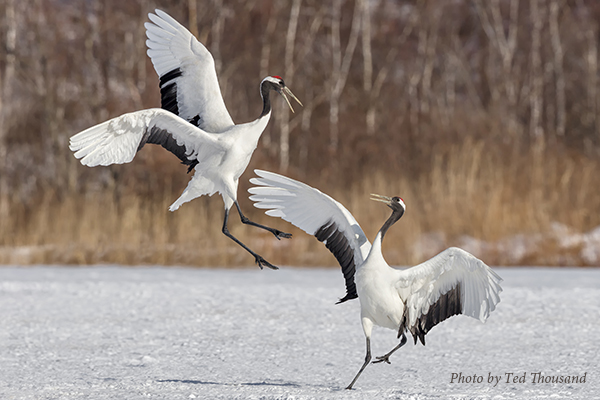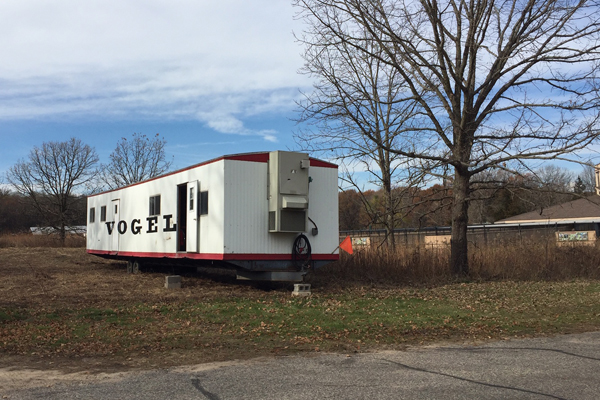 In October, I traveled to Beijing Forestry University for a three-day workshop jointly organized by the University’s Center for East Asian – Australasian Flyway Studies and the International Crane Foundation. Our principal goal was to draft a ten-year Crane Strategy and Action Plan for the East Asian Flyway, comprising Russia, Mongolia, China, North and South Korea and Japan focusing on four threatened crane species – Siberian, Red-crowned, White-naped and Hooded Cranes.
In October, I traveled to Beijing Forestry University for a three-day workshop jointly organized by the University’s Center for East Asian – Australasian Flyway Studies and the International Crane Foundation. Our principal goal was to draft a ten-year Crane Strategy and Action Plan for the East Asian Flyway, comprising Russia, Mongolia, China, North and South Korea and Japan focusing on four threatened crane species – Siberian, Red-crowned, White-naped and Hooded Cranes.
Results for "Фильм Девятаев Россия 2020 дата выхода cмотреть онлайн фильм на нашем сайте >j.mp/devataev-film-2021"
Class of 2019
Two of this year’s chicks were captive-hatched and raised by adult cranes with little human contact at the International Crane Foundation in Wisconsin. 2019 also had 19 chicks hatch with… Continue reading Class of 2019
Class of 2018
This year, the only reintroduction technique used was the Parent-Reared release method. Six of this year’s chicks were captive-hatched and raised by adult cranes in a captive-breeding facility with little… Continue reading Class of 2018
Construction begins Nov. 5 for our $10M site renovation!
 Construction cranes will “migrate” to our headquarters this fall as we begin our much anticipated $10 million dollar site renovation on Monday, Nov. 5.
Construction cranes will “migrate” to our headquarters this fall as we begin our much anticipated $10 million dollar site renovation on Monday, Nov. 5.
Class of 2016
About this year’s Whooping Crane chicks: Twelve of this year’s 13 cranes were hatched and raised by adult cranes in a captive-breeding facility, where there was minimal human contact and… Continue reading Class of 2016
Class of 2014
Three release methods were used in 2014 – Ultralight-guided (Group One), Parent Reared (Group Two) and wild-hatched cranes are in Group Three. Group 1 – Ultralight-guided Whooping Cranes 2-14 3-14… Continue reading Class of 2014
Class of 2015
#topThree release methods were used in 2015 – Ultralight-guided Migration (Group One), Direct Autumn Release (Group Two) and Parent Reared (Group Three). Group Four includes any wild-hatched Whooping Cranes in… Continue reading Class of 2015
Class of 2013
Three release methods were used in 2013 – Ultralight-guided (Group One), Direct Autumn Release (Group Two) and Parent Reared (PR). This is the first year that the Parent Reared release… Continue reading Class of 2013
Class of 2012
Two release methods were used in 2012: Ultralight-guided (Group One) and Direct Autumn Release (Group Two). Group Three includes any successfully fledged wild-hatched Whooping Cranes in the Eastern Migratory Population.… Continue reading Class of 2012
Class of 2011
Two release methods were used in 2011: Ultralight-guided (Group One) and Direct Autumn Release (Group Two). Group Three includes any successfully fledged wild-hatched Whooping Cranes in the Eastern Migratory Population.… Continue reading Class of 2011


